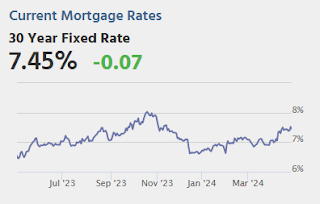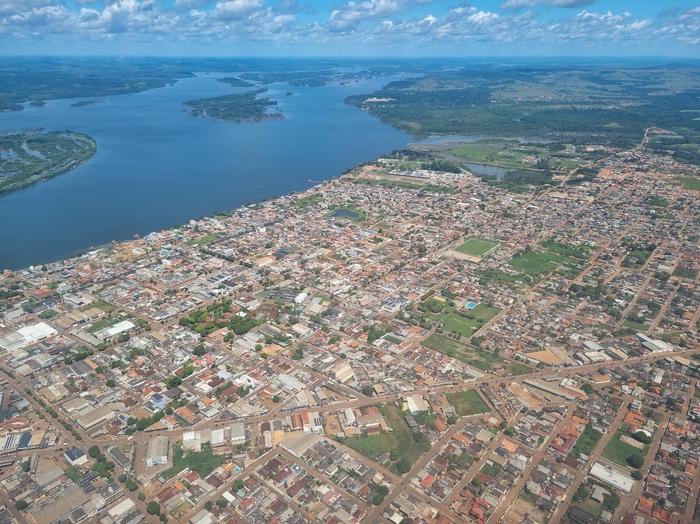The social and environmental impact of the Belo Monte dam and hydroelectric power plant in Pará state, Brazil, has been called a “disaster” by researchers, environmentalists and several media outlets. The damage has again been highlighted recently in an inspection report issued by the Brazilian Institute for the Environment and Renewable Natural Resources (IBAMA), an agency of the Ministry for the Environment and Climate Change. The inspectors detected silting and erosion of the Xingu River, obstacles to river navigation, a significant increase in tree mortality, and the impossibility of reproduction for several fish species, as well as disruptions to the way of life of Indigenous and river-dwelling communities.
A new study conducted with FAPESP’s support focuses specifically on food insecurity in Altamira, which is the city with the largest population in the region and has been dramatically affected by the construction of Belo Monte. Because of the megaproject, Altamira became a hub for the distribution of goods, services and the logistics essential to the construction process, with a significant impact on its population.
Construction took place between 2011 and 2015, causing the city’s population to grow without adequate planning to assure the provision of services to residents and migrants looking for work. The shock made Altamira one of Brazil’s most violent cities. Although its population has declined since the dam was completed, the 2022 census recorded 126,279 inhabitants, 27.46% more than in 2010, when the previous census was conducted. This growth rate compares with 6.46% for Brazil’s total population growth in the same period.
The study, published in the International Journal of Environmental Research and Public Health, shows that 61% of Altamira’s households experienced some level of food insecurity and malnutrition in 2022, when the data was collected.
“We conducted the survey in July 2022, seven years after construction ended, visiting 500 households selected as representative of the city’s socioeconomic strata and geographic areas. The scale used to measure household food insecurity is divided into three categories. We found the worst food insecurity in the poorest group, where heads of household had low levels of educational attainment and unemployment was high. In addition, the households with severe food insecurity had more members. Families displaced by the dam and resettled elsewhere also experienced severe food insecurity,” said Igor Cavallini Johansen, first author of the article. Johansen is a demographer and a postdoctoral researcher affiliated with the State University of Campinas’s Center for Environmental Studies (NEPAM-UNICAMP) in São Paulo state.
Unlike other studies of food insecurity in the context of hydroelectric developments in Brazil, this one used the Brazilian Household Food Insecurity Scale, known by the Portuguese-language acronym EBIA, Johansen said, explaining that the scale is based on a scientifically validated methodology for measuring access to sufficient food of adequate quality.
“The survey included a questionnaire with eight standardized items. The responses were scored using the EBIA scale to arrive at a classification of food insecurity for each household in the sample,” he said.
The households were classified into the following categories: (1) food security (adequate food quantity and quality); (2) mild food insecurity (food quality impaired and uncertainty regarding future food availability; (3) moderate food insecurity (inadequate diet, food becoming scarce within the household, children prioritized over adults); (4) severe food insecurity (insufficient food for all household members).
“We formulated three hypotheses: (1) households were affected by a range of factors that together produced food insecurity; (2) poverty played a key role, and the most affected groups were those who had been forced to leave their homes and had been resettled in purpose-built housing projects, known as RUCs; and (3) besides the impact of the dam, the problem was made worse by the COVID-19 pandemic,” Johansen said.
The survey also took into account several socioeconomic variables as correlates of food insecurity, such as a wealth index (poorest, intermediate, least poor) considering the characteristics of the home, ownership of vehicles and appliances, etc.; whether respondents were monthly handouts from the Bolsa Família conditional cash transfer program; whether they had officially declared themselves affected by the dam; whether they lived in an RUC; the number of household members and over-sixties; and the head of household’s gender, skin color, age, marital status, educational attainment and employment status.
“All three hypotheses were confirmed. Predictably, the various factors correlated with each other: the impact of the dam’s construction significantly increased the probability that household members lived in an RUC, and this increased the likelihood that a family was poor, which in turn entailed a risk of food insecurity,” Johansen said. “Access to food of the desired quantity and quality became more difficult for 69.7% of the households after construction of the dam was completed in 2015.” About half of these households (52.5%) said it had already been difficult before the pandemic, and the rest blamed the pandemic for the worsening of food insecurity since then.
“We also found that households with one or more members aged 60 and over experienced less food insecurity. This can be attributed to the contribution of old-age pensions to the household income, potentially reducing their exposure to poverty and hence to food insecurity,” he noted.
The lack of a survey conducted before the dam’s construction and based on the EBIA scale was unfortunate, Johansen added, as this could have been compared with the results obtained after its construction. “In any event, it was a shock to find that 61% of the households experienced food insecurity when the consortium that built the dam claimed to have invested BRL 6.5 billion, or about USD 1.3 billion, in social, environmental and sustainability-related measures in the region between 2016 and 2022. What was all that money used for?” he said.
The negative impact of Belo Monte is not an isolated case. Several other megaprojects implemented in the Amazon have also had significant social and environmental side effects. Another study conducted by the same research group and led by Caroline Arantes, a professor at West Virginia University in the United States showed that fishing communities lost production and income after construction of the Santo Antônio and Jirau hydroelectric projects in Porto Velho, Rondônia state. The communities were forced to adapt their fishing strategies and find other ways to earn a living in response to the impact of the dams. Household consumption of fish diminished significantly as a result. “These communities had always had fish meals every day, but after the dams were built they were able to do so only once or twice a week, if not less often,” Johansen said. The study in question is published in the Journal of Environmental Management.
Another prior study, in this case focusing on a fishing community on the Xingu River after construction of Belo Monte, showed that fish became scarce and food in general became more expensive in the region. An article on this study is published in the journal Human Ecology.
All these studies involved contributions by Professor Emilio F. Moran, principal investigator for the project “After hydropower dams: social and environmental processes that occur after the construction of Belo Monte, Jirau and Santo Antônio in Brazilian Amazon”, and supported by FAPESP via the São Paulo Excellence Chair program (SPEC).
In addition to this grant, the study was supported by a postdoctoral scholarship awarded to Johansen, and a postdoctoral scholarship awarded to Vanessa Cristine e Souza Reis, also a member of the research group.
About São Paulo Research Foundation (FAPESP)
The São Paulo Research Foundation (FAPESP) is a public institution with the mission of supporting scientific research in all fields of knowledge by awarding scholarships, fellowships and grants to investigators linked with higher education and research institutions in the State of São Paulo, Brazil. FAPESP is aware that the very best research can only be done by working with the best researchers internationally. Therefore, it has established partnerships with funding agencies, higher education, private companies, and research organizations in other countries known for the quality of their research and has been encouraging scientists funded by its grants to further develop their international collaboration. You can learn more about FAPESP at www.fapesp.br/en and visit FAPESP news agency at www.agencia.fapesp.br/en to keep updated with the latest scientific breakthroughs FAPESP helps achieve through its many programs, awards and research centers. You may also subscribe to FAPESP news agency at http://agencia.fapesp.br/subscribe.
Journal
International Journal of Environmental Research and Public Health
DOI
10.3390/ijerph21020155
Article Title
Poverty–Food Insecurity Nexus in the Post-Construction Context of a Large Hydropower Dam in the Brazilian Amazon
Article Publication Date
30-Jan-2024











































